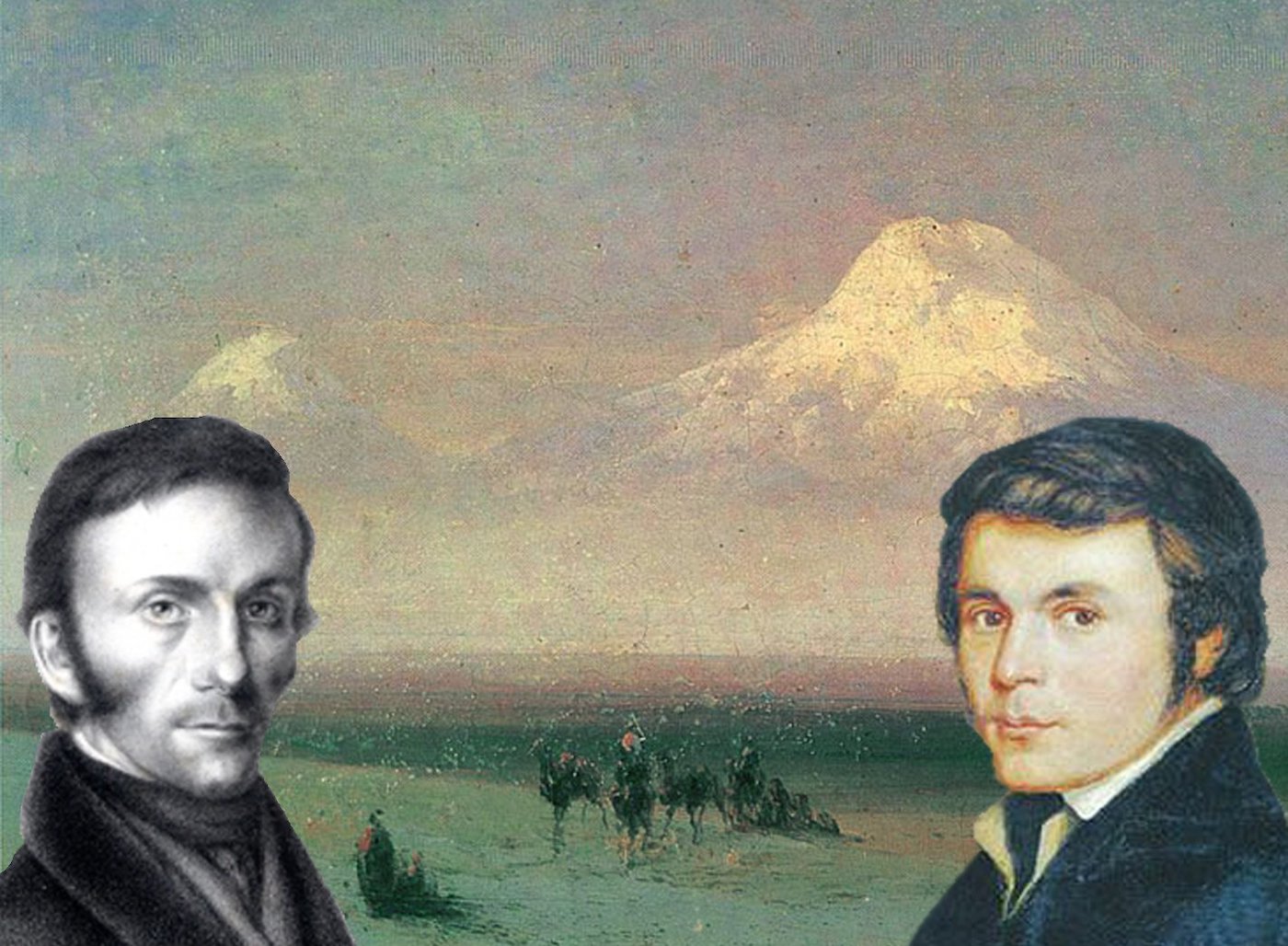180 years later, documentary filmmaker Riho Västrik also made the journey to the top, with a team that included scientific historian Erki Tammiksaar. The footage of the climb, as well as background about the original expedition, came together in Västrik's 2011 film Teekond Araratile (Journey to Ararat). You may well have seen Västrik speak in Toronto in the past, during EstDocs.
Friedrich Parrot was not the first member of his family to gain notoriety in Estonia for his achievements, though. The presence of this part of the Parrot family in Estonia started with Georg Friedrich Parrot, Friedrich's father, who moved away from a town (now part of France) in the Duchy of Württemberg and eventually to Dorpat (Tartu) in search of employment opportunities. His son was just a young boy at the time.
As the University of Tartu phrases it in their own historical overview, “At the end of the 18th century the political and educational interests of the Russian central government and the Baltic-German elite coincided.” And so, in April 1802, the university re-opened as the Imperial University of Dorpat (<i>Kaiserliche Universität zu Dorpat<i>) after 92 years of closure, with the support of Tsar Alexander I.
Parrot was hired as a professor of mathematics, then physics, and soon after, was appointed to the position of rector; thus becoming the first rector during this era of the university. His vocal progressive values made a positive impression on the Tsar, ensuring that his support would not waver. During this period, study of the Estonian language was added to the university's program, and a Professors' Institute was also founded.
In his own writings, Friedrich Parrot—the son of Georg Friedrich—speaks of working as a surgeon in the Imperial Russian Army, and later finding employment as a professor of physics at the Imperial University of Dorpat. This position enabled him to embark on an expedition to Mount Ararat.
Mount Ararat (Մասիս in Armenian, transliterated as <i>Masis<i>, and <i>Ağrı Dağı<i> in Turkish) has an elevation of 5,137 metres at its highest peak. It is regarded as a holy place and an Armenian national symbol. These days, access to the two peaks is a delicate subject because of its location on the other side of the border with Turkey.
Prior to Friedrich Parrot and Khachatur Abovian climbing Mount Ararat, there were many attempts to climb to the summit, going back to the early 1700s. None of them were successful, however. These attempts were made despite the Armenian Apostolic Church's disapproval. The mountain was holy ground and they didn't want remnants of the arc to be damaged.
Parrot asked for the help of Abovian, who was a hugely helpful guide, especially because of his command of Armenian, Persian, Russian, and Tatar languages. In Parrot's book Journey to Ararat (originally published in 1834 as Reise zum Ararat), he describes his growing fixation on Greater Ararat. The book also includes drawings of important monasteries they visited, that surround the peaks.
As documented in Parrot's book and Abovian's essay “Verelq Ararati Gagat” (“Ascent to the Summit of Ararat”), they started in the village of Akori. Here, they assembled a team that included the villagers Hovannes Aivazian and Murat Boghossian, as well as a pair of Russian soldiers.
There were difficulties in getting to the summit, such that it took three attempts before they reached the top on October 27th. Thick ice blocked their path once, and then they had to turn back due to the threat of a descent in the dark. Once at the top, Abovian took ice to melt as a sacred object. The team also brought up two different wooden crosses to place on the mountain.
The religious establishment was highly critical of their climb, deemed to be a criminal and sacrilegious act. Nevertheless, Abovian attempted to ascend the mountain in two subsequent journeys, with one more successful bid in 1846.
With that controversy having settled almost 200 years later, Friedrich Parrot is the namesake of a glacier on Mount Ararat. His father, Georg, goes down in history for his academic leadership in Estonia. While being born into a high social standing would have been beneficial towards reaching their place in Estonian academia and exploration, the breadth of their endeavours shows how, in this period of Estonian history, one field of study could lead to another quite seamlessly. No mountain was too high.
Written by Vincent Teetsov, Toronto




